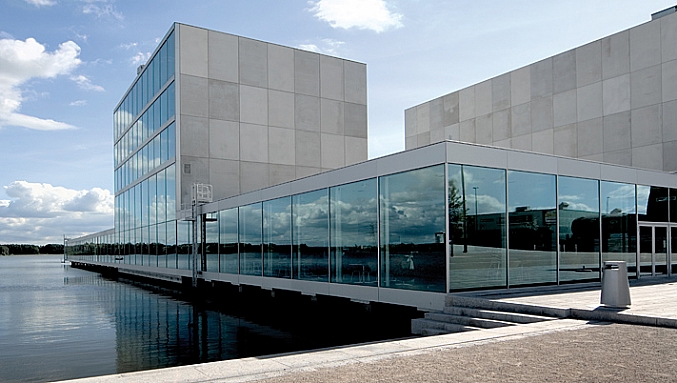
A better environment begins with steel

A better environment begins with steel

A better environment begins with steel

A better environment begins with steel

A better environment begins with steel

De Kunstlinie arts centre, Almere (SANAA).
In general, lightweight construction is considered to be favourable due to the savings in construction materials. Less material means less 'embodied energy' in the building. Conversely, heavier construction is advantageous for the heating and cooling of the building. The 'operational energy' is lower and thus a relatively larger amount of embodied energy is required to compensate or even to level out.
The reality is somewhat more nuanced than the theory. Sometimes lightweight construction is actually more energy efficient than heavyweight construction. The energy efficiency of a building in the use phase depends on many factors, climate, surrounding environment, location and orientation, function of the building and capacity utilisation to name just a few parameters. (Please also read the article published in the journal Building with Steel, which is available in downloads.)
Moreover, the total operational energy of a building consists of only 30% of energy used for heating and cooling. Only this portion is influenced by the (thermal) mass of the building. Energy saving due to heavier structures can therefore never amount to more than this 30%.

Heating/cooling forms 34% of the energy consumption in an office building